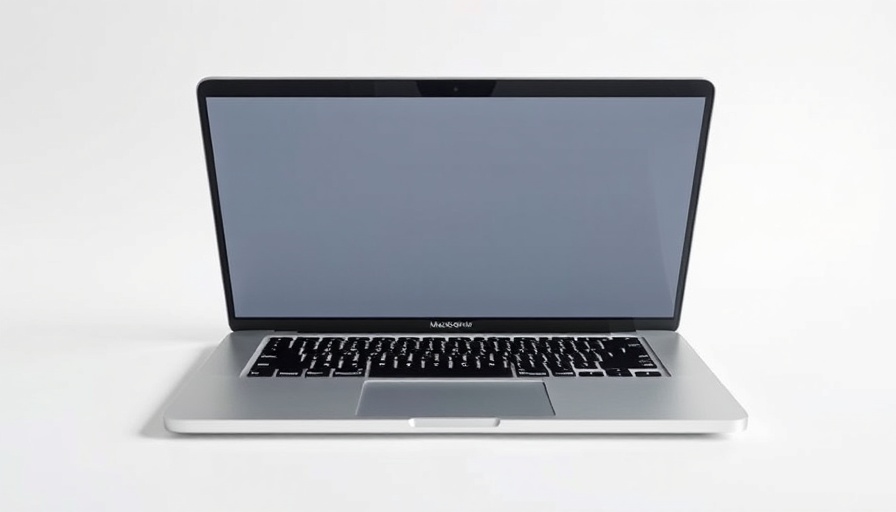
Apple's New M4 MacBook Air: A Safe Evolution
Apple has officially launched its M4 MacBook Air, making a notable statement with its focus on practicality rather than groundbreaking innovation. The new model features enhancements that reflect the demands of contemporary users, yet reveals a cautious approach by the tech giant under CEO Tim Cook.
Key Features of the M4 MacBook Air
The M4 MacBook Air sports several significant upgrades, most notably the incorporation of the M4 chipset, which has already made a mark across various Apple devices. This includes a doubling of the base RAM from 8GB to 16GB, enhancing performance for multitaskers and those utilizing demanding applications. Furthermore, users can now connect up to two external displays, which is a game-changer for productivity. The entry-level pricing has also seen a reduction, now starting at a more accessible $999 for the 13-inch model, appealing to a broader audience.
What’s Lacking in Innovation?
Despite these improvements, the MacBook Air may not galvanize tech enthusiasts eager for the latest advancements. Unlike the MacBook Pro, which showcases cutting-edge features, the Air seems to focus on familiar enhancements that enhance user experience without pushing the boundaries of technology. Limited to just two Thunderbolt 4 ports, the device also appears less future-forward, raising questions about its longevity in the rapidly evolving consumer technology market.
Looking Ahead: A Ticking Clock for the M4
As the M5 chipset looms on the horizon, expected to be introduced in May 2025, the M4 MacBook Air may quickly find itself playing catch-up. Apple enthusiasts might already be speculating the advantages that the next iteration will bring, highlighting the ongoing pressure on Apple to innovate continually. The new Sky Blue color option is visually appealing, but it remains to be seen if such aesthetic updates can truly counterbalance the lack of groundbreaking features.
Final Thoughts on the M4 MacBook Air
In summary, while the M4 MacBook Air expands on essential features that resonate with users, it might not inspire the excitement typically associated with Apple product launches. The device is designed for practicality and affordability, catering to the everyday user rather than the tech aficionado. As tech evolves, consumers will benefit from innovations that prioritize efficiency and usability, making this new iteration a worthy consideration for those in the market for a reliable laptop.
 Add Row
Add Row  Add
Add 




Write A Comment